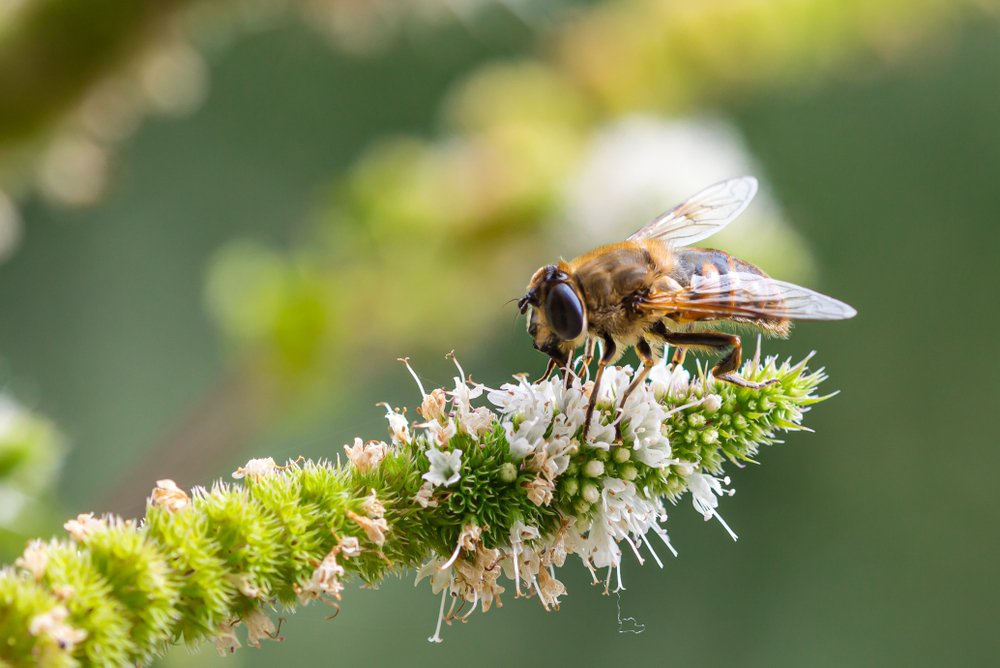
Macro of a honey bee (apis mellifera) on a mint (menta piperita) blossom. ID: 1574704057
Green and blue infrastructure give an essential contribution to urban biodiversity.
Back in May 2020, the European Union presented its biodiversity strategy for 2030 – a comprehensive plan to protect nature, reverse the degradation of ecosystems and put Europe’s biodiversity on a path to recovery by 2030. The strategy recognises that greening urban and peri-urban areas is a refuge for nature and provides a wide range of benefits for people. The strategy announced that the European Commission will have put forward – subject to an environmental, social, and economic impact assessment – a proposal for legally binding EU nature restoration targets to restore ecosystems and help to increase biodiversity, mitigate and adapt to climate change, and prevent and reduce the impacts of natural disasters.
With nearly half of the EU population projected to live in urban areas by 2050, greening cities an increase urban biodiversity is a must.
Read the full article by Luigi Petito in the summer 2022 issue of Living Architecture Monitor.



